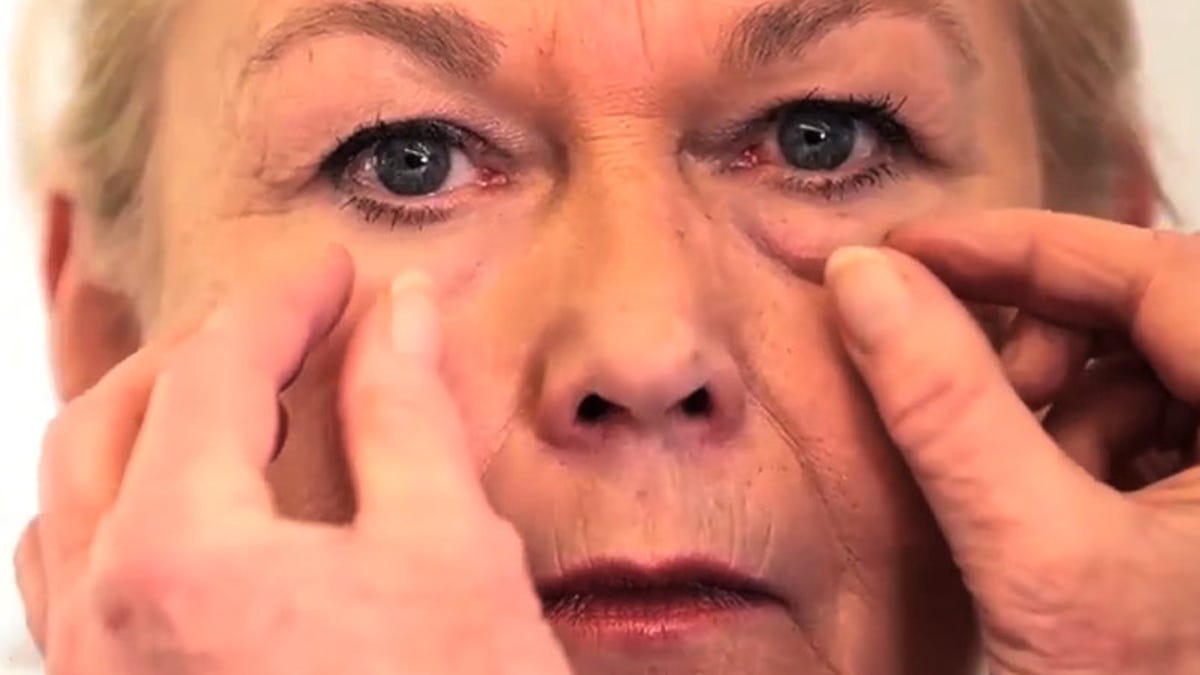MIT's 'second skin' cream makes wrinkles vanish, but there's a catch
A high-tech wrinkle-fighting cream gives miraculous-looking results, but it's not an actual miracle.
People go to great lengths to reduce and remove wrinkles on their skin. They turn to plastic surgery, Botox, tea extracts and homemade substances involving ingredients like honey and yogurt. A team of MIT researchers decided to take a very science-based approach to the problem and came up with a special cream that gives impressive anti-wrinkle results.
MIT's cream is known as an XPL (cross-linked polymer layer). It is a silicone-based polymer applied in two steps. First, you apply a transparent cream containing a polymer and work it into the skin. Next, you apply a catalyst that binds the cream to the skin as a transparent film. MIT professor Robert Langer describes it as "essentially an elastic second skin."
MIT's cream sounds like the sort of thing that will have Hollywood beating down the doors at the university's science lab, but there is a limit to its abilities. The catch is that it's only temporary. You could use it to appear flawless on the red carpet during Oscars night, but it's not going to smooth your crow's feet for all eternity.
The researchers tested the XPL on eye bags and noted how the skin tightened and wrinkles disappeared for up to 24 hours. Once applied, it's resistant to both water and rubbing. It also helps the underlying skin stay hydrated.
Reducing wrinkles is just one possible use for the cream. It could eventually be used as a moisturizer, to provide ultraviolet protection or to treat medical conditions like dermatitis.
"It's an invisible layer that can provide a barrier, provide cosmetic improvement, and potentially deliver a drug locally to the area that's being treated. Those three things together could really make it ideal for use in humans," MIT associate professor Daniel Anderson said in a news release. The team published a study on the XPL in the journal Nature Materials on Monday. Startup Olivo Labs is now working on developing the cream for medical uses.


